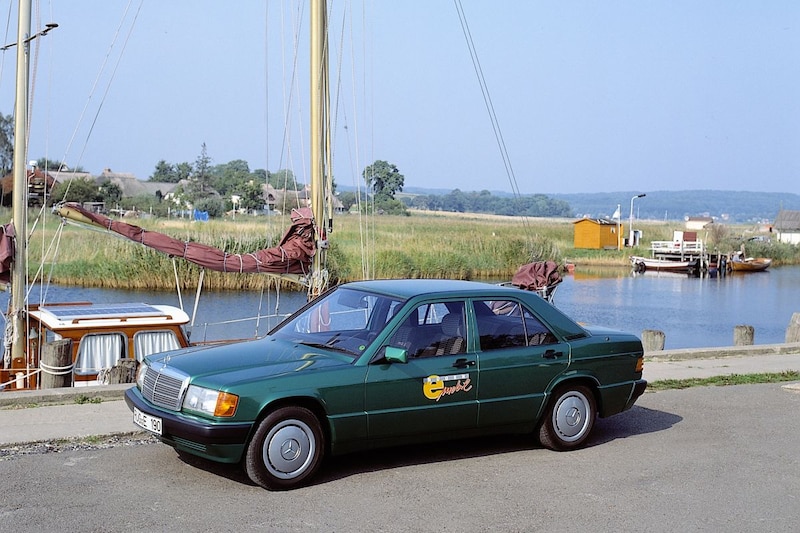
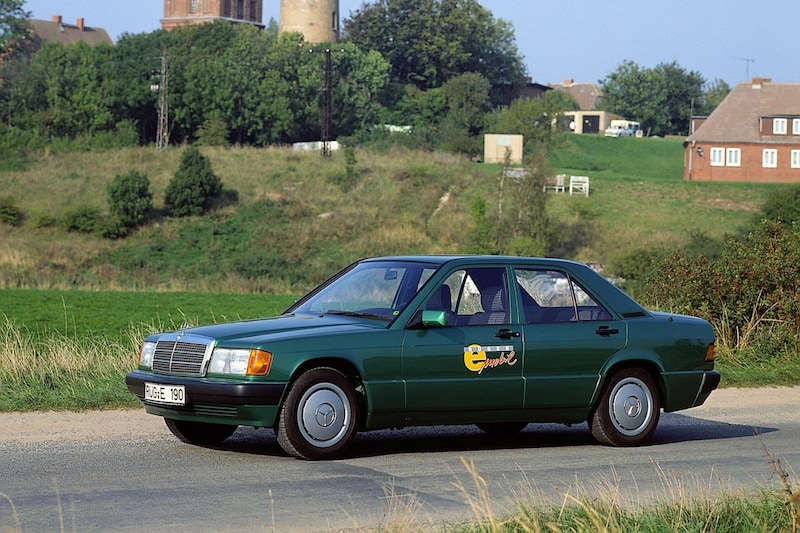
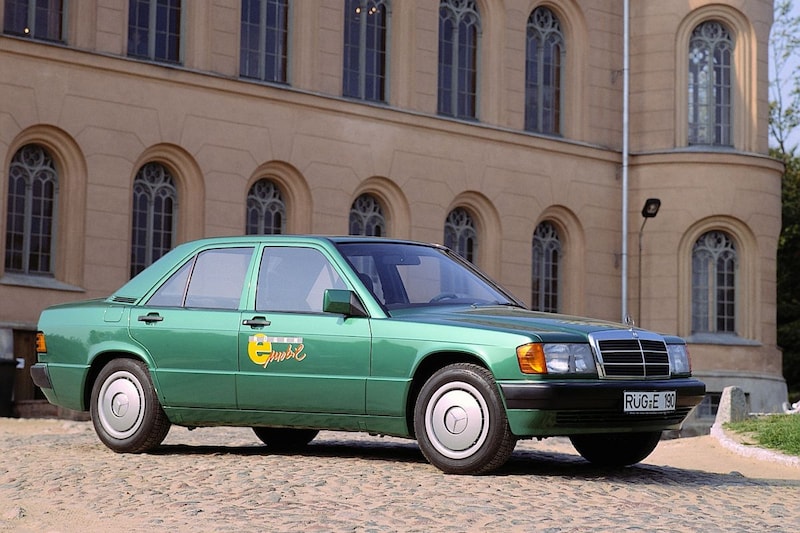


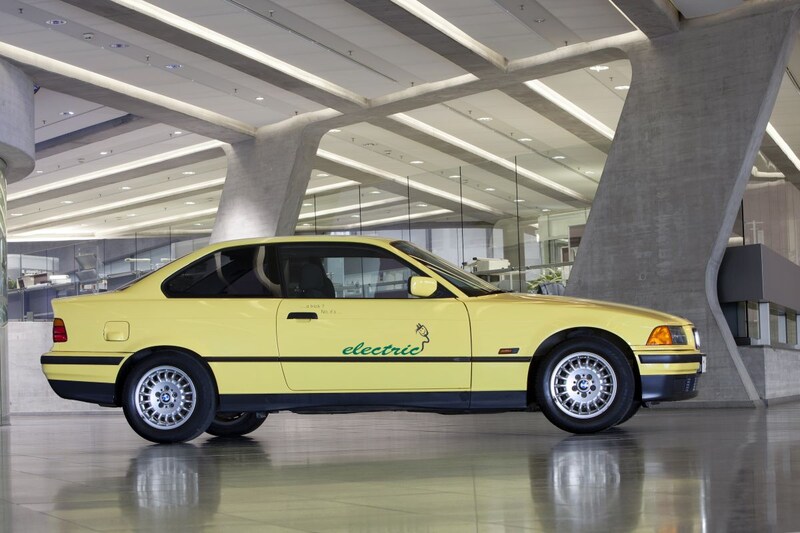
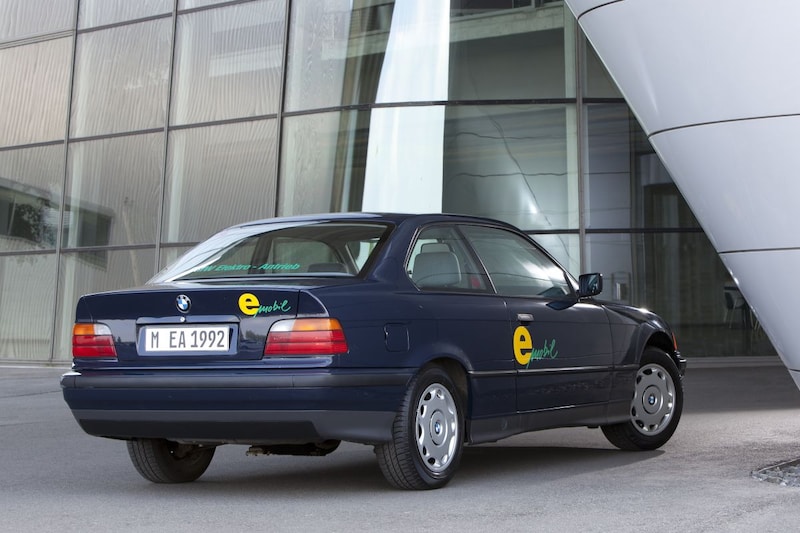
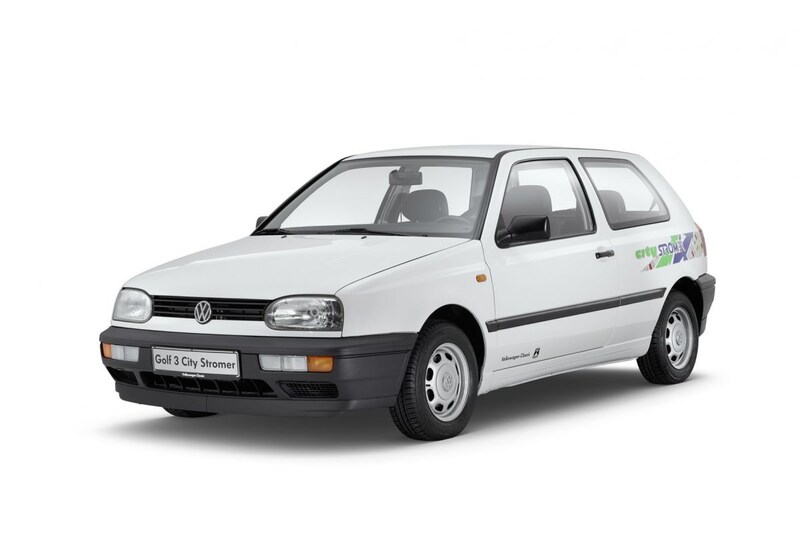
Anyone who thinks that German car manufacturers only started thinking about EVs in this decade is wrong. In this edition of De Vluchtstrook: the Rügen experiment of the 90s, in which Mercedes-Benz, BMW and Volkswagen took part. On the German island of Rügen, the brands drove with electrical conversions of existing models to see if there was potential in this. However, the actual contribution of ‘Rügen’ to the emancipation of EVs was limited.
An important driver for the ‘large scale electric vehicle experiment’ on Rügen was the German Federal Ministry of Education and Research (BMBF), comparable to our Ministry of Education, Culture and Science. The German government did not really see much in the development of EVs. At the time, the Ministry of the Environment even said that electric cars had only limited benefits, partly because 55% of German electricity was generated by coal-fired power stations. The Ministry of Transport also saw little interest in this technology. In spite of this, the BMBF persisted, with the decisive argument being the Zero-Emission Vehicle Mandate from California. This retrospectively somewhat over-ambitious environmental directive from 1990 stipulated that at least 2% of the supply from major car manufacturers in California must be emission-free. That percentage would then increase over the years. This was not directly relevant for the German market, but German car manufacturers had to take the lead in the field of emission-free mobility, according to the BMBF. That is why the ministry spent a lot of money on the development of batteries and EVs. The experiment on Rügen had to demonstrate the usefulness of the new technology in practice.
The experiment
Rügen, an island in the Baltic Sea, was popular for several reasons. To begin with, it is not a large island, so the limited range of the EVs was sufficient in many cases. In addition, the island has many nature reserves that benefit extra from quiet, clean vehicles. Finally, thanks to wind energy, the electricity supply on the island was already largely ‘green’, so charging the cars did not burden the environment extra. From a financial point of view, the island’s location in the former GDR was suitable. The German government wanted to promote the exchange of knowledge with the East, so that an extra subsidy could be used. In total, the German government contributed DM 60 million to the experiment. Converted into euros, this is approximately € 30.6 million. To date, this is the largest experiment conducted with electric cars in Germany.
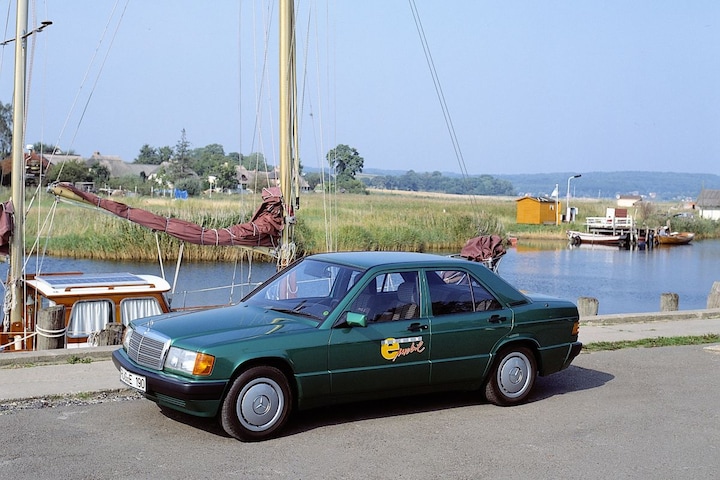
The electric Mercedes-Benz 190
Mercedes-Benz, BMW and Volkswagen took part in the experiment. Various companies, including taxi services, were allowed to drive the electric cars for free. They only had to pay for the electricity they used. In this way the manufacturers were able to assess the functionality and reliability of the cars in practice. A total of 60 electric cars drove around the island. Mercedes-Benz offered converted 190Es, while BMW supplied a 3-series coupé (E36) with batteries with the E-mobil. Volkswagen came up with the Golf III City Stromer and an electric version of the Transporter T3. Where modern EVs are powerful and fast, these cars were by no means. The batteries used sodium chloride and nickel, making them much less effective than today’s lithium-ion batteries. The Golf had a range of 90 km in the city, the E36 was about 150 km away. Yet at that time people were already using technologies that are still common today. Mercedes and Volkswagen, for example, already applied regenerative braking.
Practical use
Despite the large degree of government support, the experiment on Rügen did not lead to a massive breakthrough of EVs. That was not because the cars turned out not to work in practice. In fact, they were mostly quite reliable. One electric Mercedes-Benz 190 drove 100,000 km for a year without any major problems. However, there appeared to be some other stumbling blocks. The batteries were not yet efficient enough and also quite expensive. In addition, the materials used were difficult to recycle and there was no adequate charging infrastructure at the national level. On the island of Rügen, distances are much shorter, which distorted the experiment as to the usability of the cars. The automotive industry saw little market potential for EVs and preferred to focus on the optimization of the combustion engine.
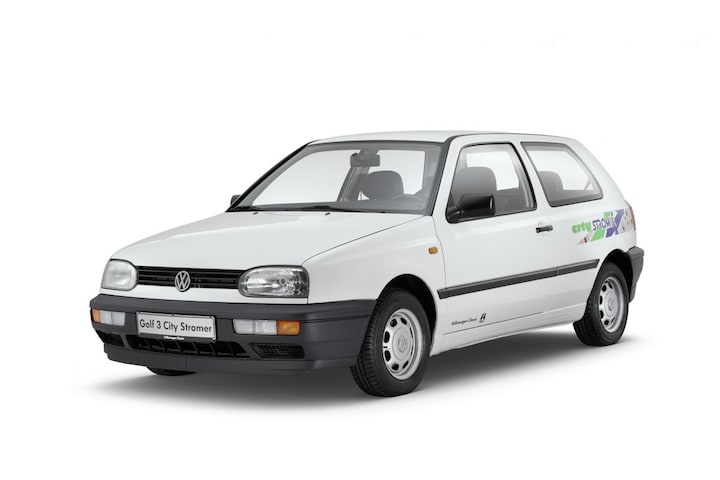
The Golf III City Stromer
Furthermore, the German government has considerably inhibited the development of innovative concepts. In 1994, the car manufacturers involved presented a proposal to the government in collaboration with battery manufacturers and utility companies. With the right framework of measures, it was estimated that in the year 2000 half a million electric cars could be on the road in Germany. Suggestions for these measures include tax benefits, environmental zones and the construction of an adequate charging infrastructure. The government ignored it – the skeptics had won – and the industry never got back to it. Now, more than 25 years later, we see that governments are still taking these measures. The Rügen experiment was actually far ahead of its time.